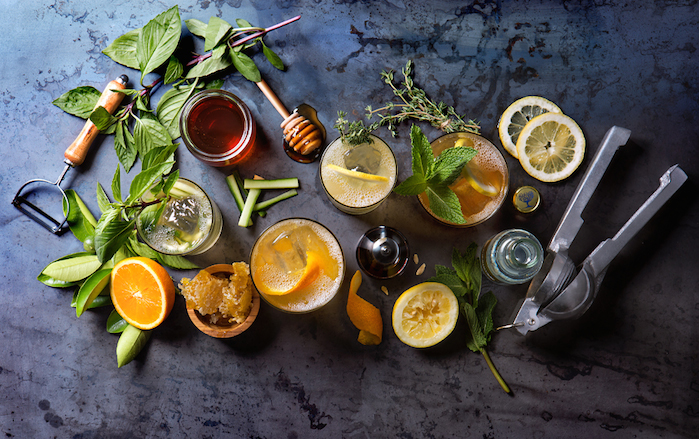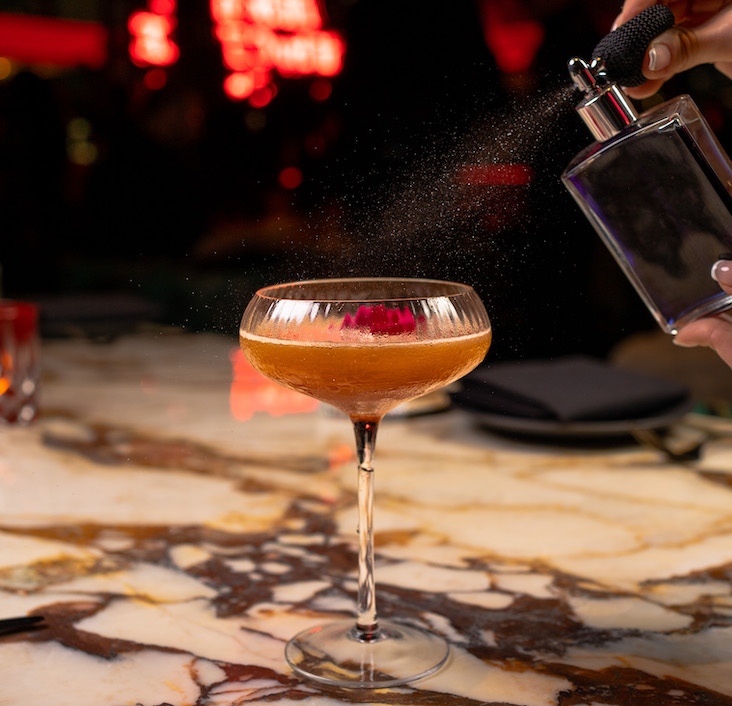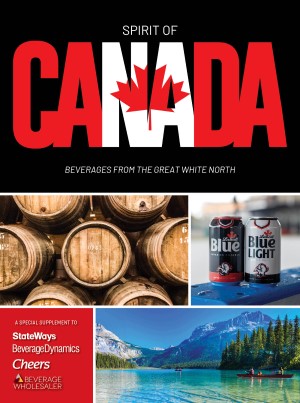When the first P.F. Chang’s opened 23 years ago, the upscale Asian-cuisine restaurant emphasized fresh, high-quality dishes and cocktails. That strategy has served the company well and has put P.F. Chang’s China Bistro ahead of the current dining trend of premium, authentic ingredients.
It’s also helped the concept expand to 211 locations nationwide in 2016, with 50-plus more restaurants in international markets.
To make sure consumers understand the chain’s commitment to fresh, premium offerings, P.F. Changs’ has recently ramped up its efforts to promote those elements on the menu. It has kicked off “Farm To Wok” and “Garden To Glass” campaigns in the past year that highlight how the restaurant prepares food and mixes cocktails with all-natural and, when possible, small-batch-sourced ingredients.
“It’s something we’ve been working on for a while that really came to life this summer,” explains P.F. Chang’s beverage director Mary Melton. “We changed around the look of the menus quite a bit, and put in a lot more photos” that highlight the Garden-to-Glass concept.
Natural ingredients have always been a part of what P.F. Chang’s does, Melton notes. “We want to get our audience to see how fresh we really are—especially for being a bigger restaurant group.”

“I’d argue that farm-fresh ingredients taste better. And there’s a whole additional romance to these products when guests know where or how they’re farmed or grown.” — Mary Melton, P.F. Chang’s
Procuring Produce
P.F. Chang’s used to buy citrus juice from suppliers, but since about five years ago it’s been procuring fresh fruit for its cocktail program. Bar staffers open their shifts every morning by squeezing and processing fruit with a Sunkist juicer.
Staff at the P.F. Chang’s in the Planet Hollywood Resort & Casino in Las Vegas, for instance, might spend all morning at the juicer, Melton says. At other, less-busy locations, an hour might suffice, but “it definitely takes a bartender well into their morning just strictly juicing.”
The fresh juices will last the restaurant for the whole day, Melton explains. P.F. Chang’s does not hand-squeeze juices to order as a matter of time efficiency.
The move to fresh juices not only results in tastier cocktails, it reflects the trend toward nutritious products with interesting origins. “I think everyone is just really well educated now about what they’re putting into their bodies, and what farmers are pulling out of the ground,” Melton says.
“I’d argue that farm-fresh ingredients taste better,” she adds. What’s more, “there’s a whole additional romance to these products when guests know where or how they’re farmed or grown.”
Abuzz About Honey
One aspect of P.F. Chang’s Garden-to-Glass cocktail program is its use of honey as a sweetener. “Rather than just use simple syrup, we’ve been using honey to bring out the flavor notes and freshness in our cocktails,” Melton says.
And not just any honey. For the July menu, the chain began procuring specialty honey in small batches from sources in Florida, Texas, Arizona and Southern California. These honeys have better “stories,” Melton explains, and flavors that are more unique with character. Honey purchased in bulk often tastes like clove, she adds.
Melton has found that honey pairs well with barrel-aged tequila and Woodford Reserve bourbon. P.F. Chang’s uses orange blossom honey in drinks such as the Anejo Buzz, made with 1800 Añejo tequila, Cointreau, honey water and fresh lemon juice. The drink is shaken, and then topped with a mint sprig and lemon wheel.
The same honey complements the whiskey in the Twisted Whiskey Sour, with Woodford Reserve bourbon, Cointreau, orange juice and honey water with a dash of orange bitters. “The flavors of the orange blossom match really well with the whiskey in our Whiskey Sour, giving it a freshness, but also an almost-brooding-like quality,” Melton says.
“Honey is such a pure product,” she explains. “It helps bring out the notes of smokiness, toastiness or vanilla in spirits that rest in barrels.” And when mixing honey with tequila, Melton notes, “you can pick up the agave notes a little more easily, and the earthy notes become stronger.”
Cucumber Collins, made with Belvedere vodka, honey water, cucumber, muddled Thai basil and fresh lemon juice.
Classic Cocktails Remixed
P.F. Chang’s began in 1993 as a joint venture between Paul Fleming, who would later start the Fleming’s Prime steakhouse chain, and restaurateur Philip Chiang. The first location opened in a Scottsdale, AZ-based luxury shopping mall. The company today also includes Pei Wei Asian Diner, a fast-casual restaurant concept with 196 locations.
Melton, who joined P.F. Chang’s 12 years ago, started her beverage alcohol career as a bartender in the 1980s. From there she advanced into bar and nightclub management and then wholesaling.
One of Melton’s professional role models is “King Cocktail” Dale DeGroff, the legendary bartender who popularized classic and craft beverages while working at New York’s Rainbow Room in the 1980s. Melton says she found inspiration from DeGroff’s books and industry presentations.
This shows in her cocktails, many of which are modern riffs on classic drinks. The Chang’s Mai Tai, for instance, is made with Bacardi light rum, Myers’s dark rum, orange curacao and tropical juices.
P.F. Chang’s updates its cocktail menu seasonally; most drinks are priced at about $9.50. This past summer the chain offered the Cucumber Collins, made with Belvedere vodka, honey water, cucumber, muddled Thai basil and fresh lemon juice.
“I try to make sure that our seasonal drinks go with whatever people are eating that time of year,” Melton says. “The Cucumber Collins is terrific with a summer salad. People obviously eat lighter in the summer, heavier in the winter.”
For its Moscow Mule, P.F. Chang’s adds a twist by using house-made ginger beer. The chain also offers a Monkey Mule, which eschews vodka for Monkey Shoulder whisky and adds house-made ginger beer with a touch of peach syrup.
Building On The Basics
Bartenders such as DeGroff taught Melton classic techniques such as how to stir a Manhattan and basic, must-know drink recipes like the Sidecar. She passes this knowledge along to her bartenders, setting the ground rules before introducing her cocktail twists.
“I think that when a guest sits at a bar, they have certain expectations about the bartender,” she says. “They expect the bartender to know what they should drink and why. When to stir and when to shake. What pisco is made out of and why it works well with certain ingredients.”
Knowing the rules and being able to teach them to her bar team “allows me to then incorporate the riffs into our cocktails,” Melton adds. “And that’s been the evolution of our cocktail development.”







